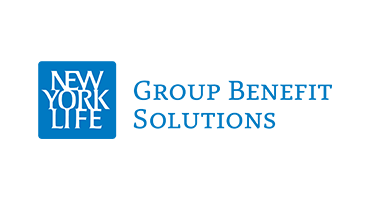UnitedHealthcare pays significantly more to providers affiliated with its Optum subsidiary than to independent providers, according to an analysis published in Health Affairs. The study raises concerns about growing insurer-physician consolidation and whether large health conglomerates are using internal transactions to influence regulatory metrics or disadvantage competitors.
Over recent decades, many small, physician-owned practices have been absorbed into larger entities owned by hospitals, private equity firms, and increasingly, health insurers. UnitedHealth Group, the parent company, sells insurance under the UnitedHealthcare brand while offering medical services through Optum, which now includes more than 90,000 aligned physicians nationwide.
See also: Why health equity efforts may be the next big employer trend
Using publicly available price transparency data from the Centers for Medicare & Medicaid Services (CMS) for employer-sponsored and individual insurance markets, the researchers found that UnitedHealthcare pays Optum providers 17% more, on average, than it pays non-Optum providers. In markets where UnitedHealthcare controls at least 25% of market share, the price gap jumps to 61%.
“The results suggest that intercompany transactions within healthcare conglomerates may warrant scrutiny, as they may be signals of regulatory gaming or attempted foreclosure,” the study authors wrote.
UnitedHealth Group strongly disputed the findings, criticizing the study’s methodology and sample size.
“UnitedHealthcare pays Optum Health consistent with other providers in the market, which is essential for staying competitive,” the company said in a statement to Fierce Healthcare. “The study, funded by groups with known biases, cherry-picks data and is flat-out wrong.”
This is not the first time researchers have raised concerns about insurer-provider integration. A separate Health Affairs analysis published earlier this year suggested that insurers might use affiliated provider relationships to manipulate medical loss ratio (MLR) requirements. Under federal law, insurers must spend a specified percentage of premium revenue on clinical care. By paying more to affiliated providers, insurers could meet MLR thresholds while retaining revenue within the larger corporate structure.
The authors of the latest study say similar mechanisms could extend beyond physician services to areas such as specialty pharmacies and pharmacy benefit management. They argue that broader regulatory oversight may be needed to ensure fair competition and transparency in vertically integrated health systems.






















